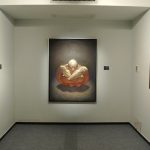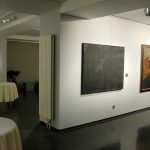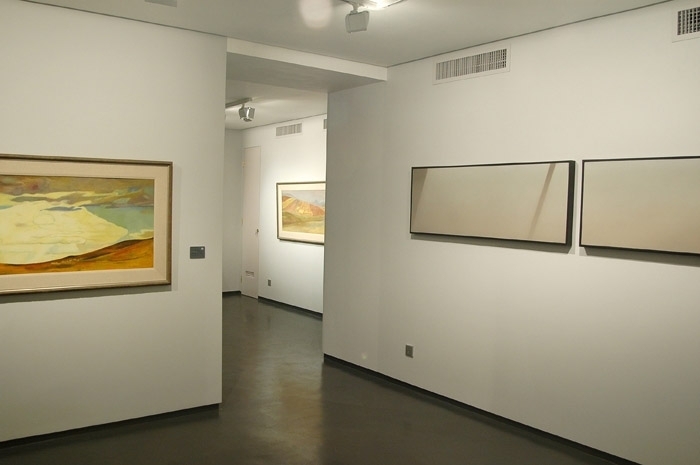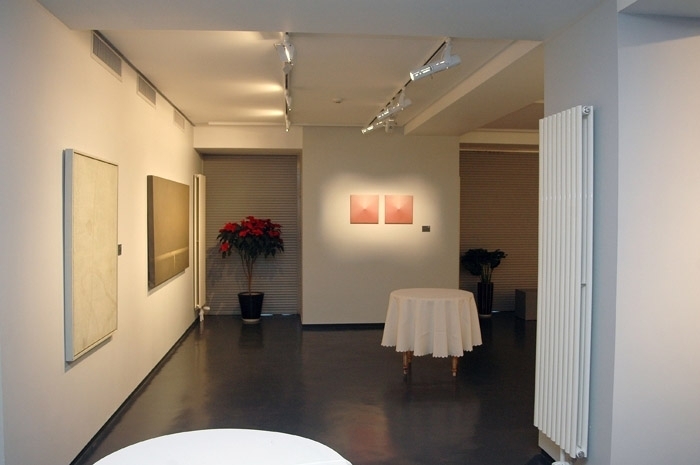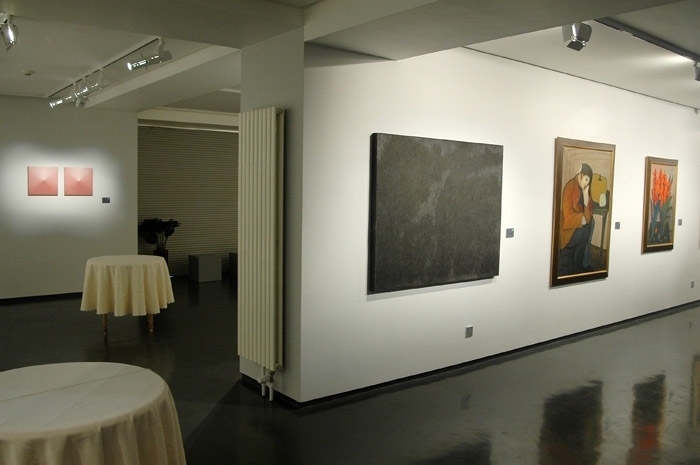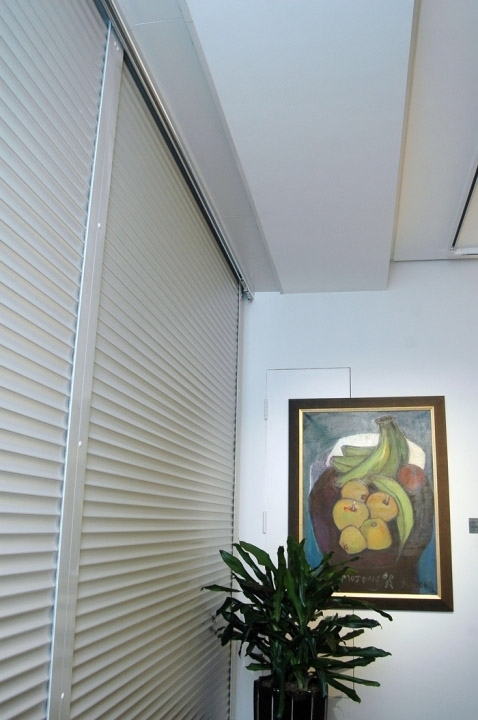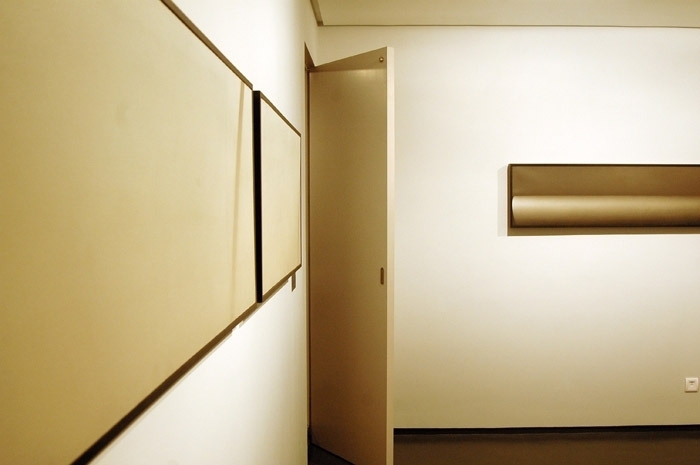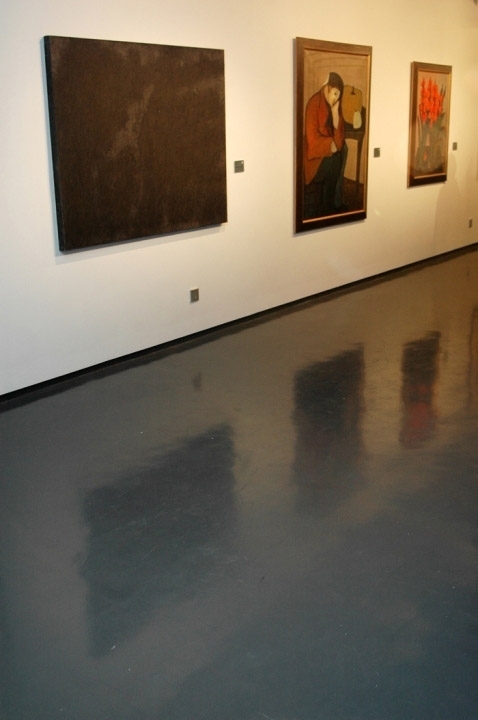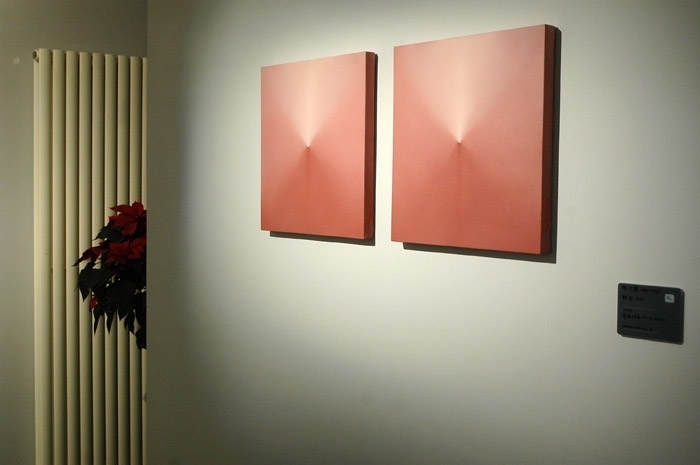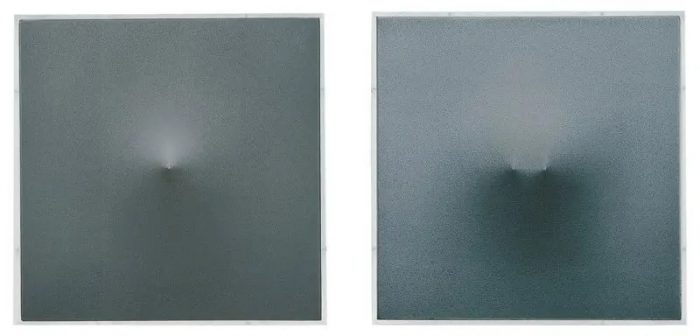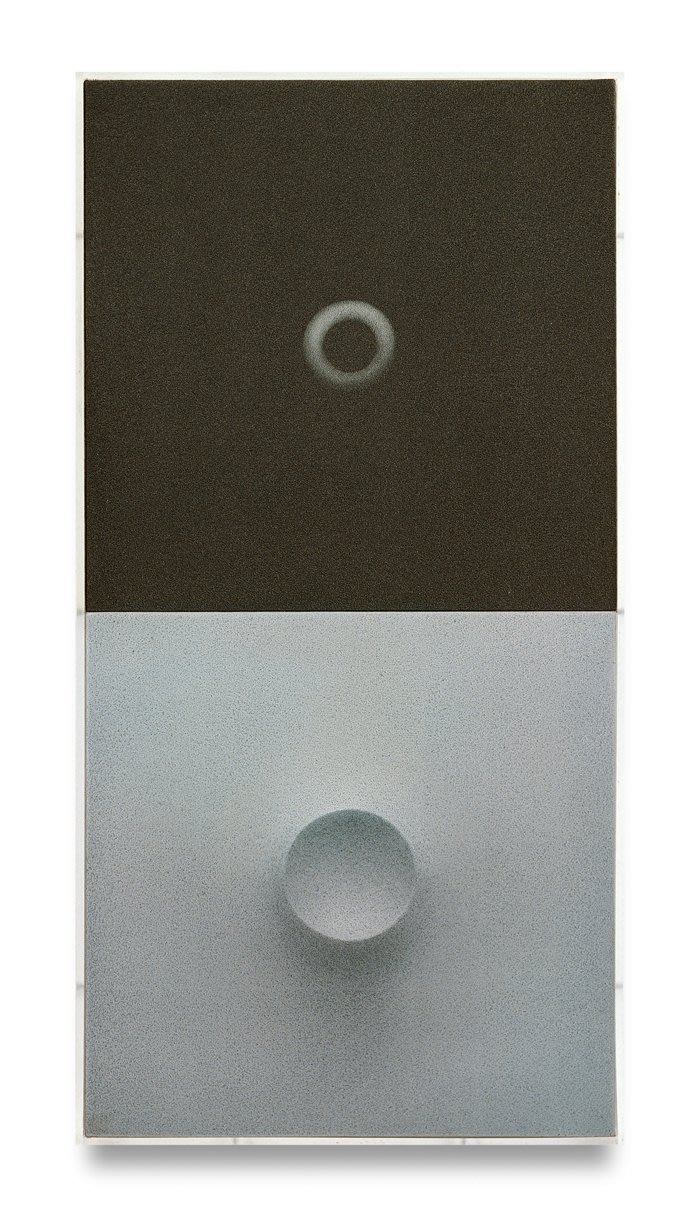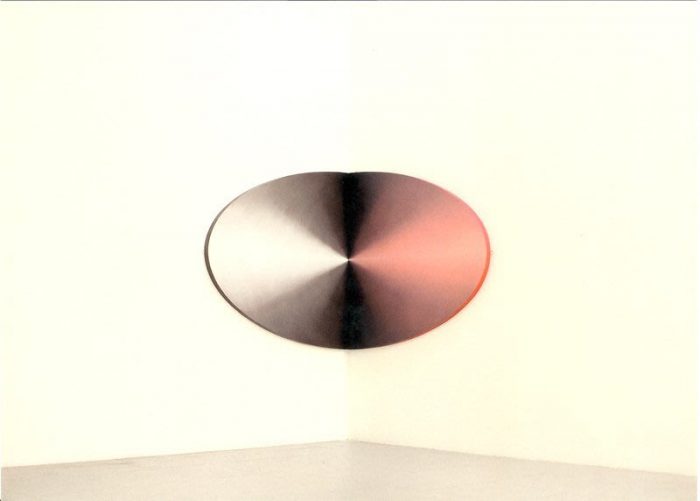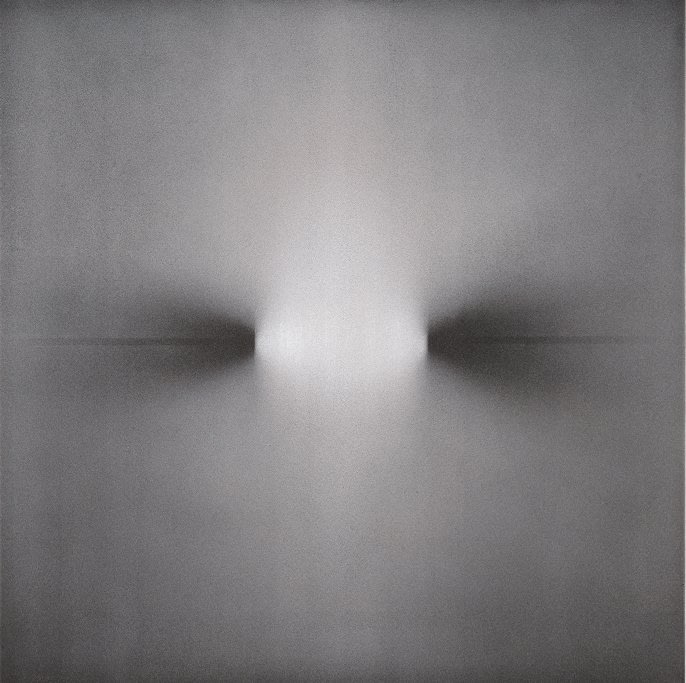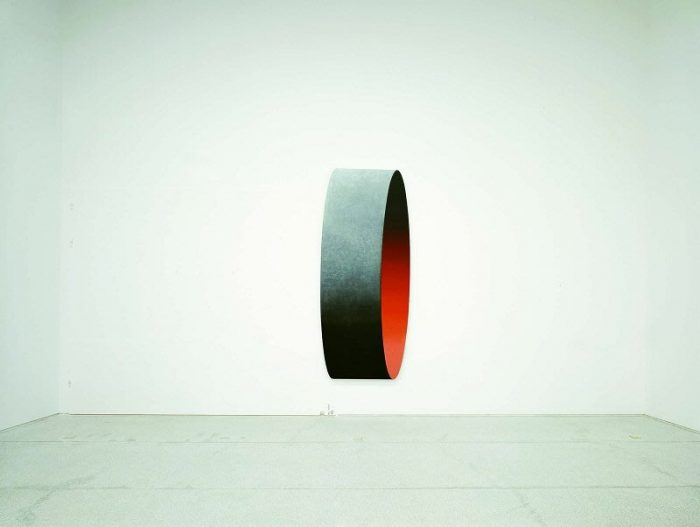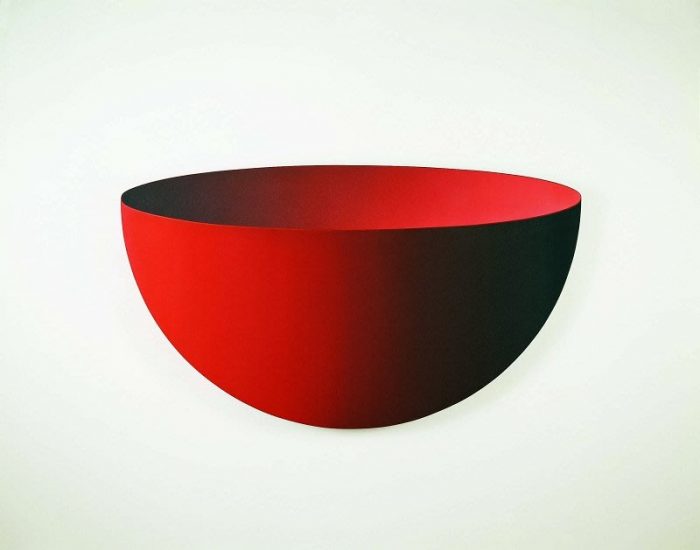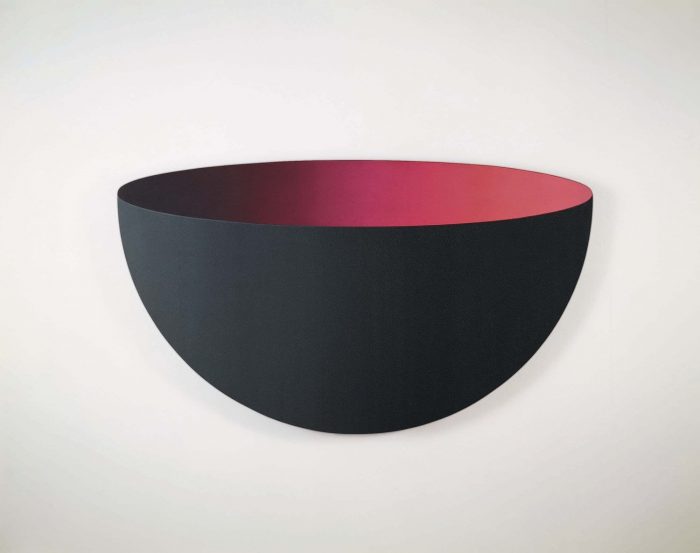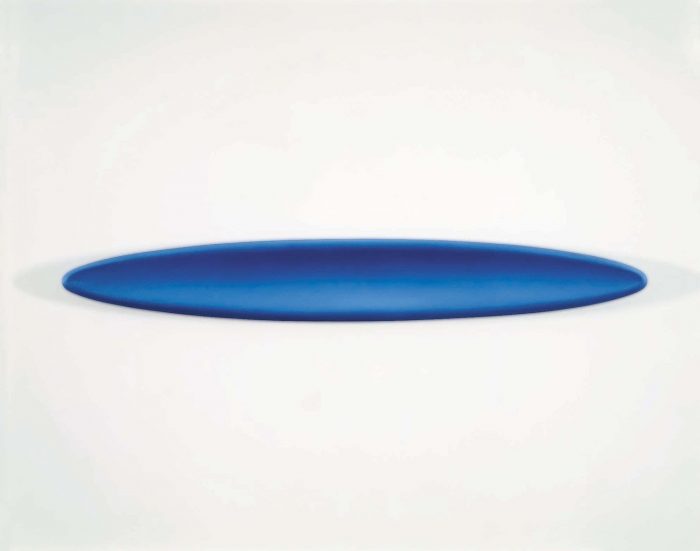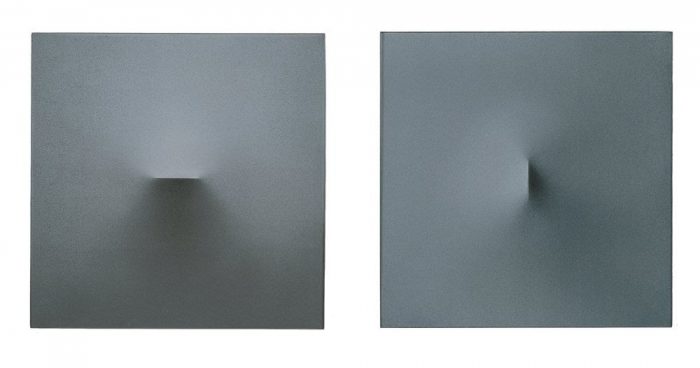AYE Gallery Opening Exhibiton
2005.12.17 – 2006.02.10
Press Release
In the history of the development of art, people have hardly ever experienced a time with so diversified range in the visual art as it is today. The distinction among artists in their way of perceiving the whole world including themselves gives rise to the constant ambiguity and establishment of the paradigm limit of contemporary art. Yet, beyond this diversified trend of art, there are also a group of artists who don’t take any superficially radical stance, but have come to form their own special attitudes toward art and approach to art by firm exploration in the long term, and generate the internal unity of language style and art conceptions. The artists who take part in this exhibition are the uncompromising practitioners along this path.
Chen Weiji is one of them. All the time he has been an artist standing outside the trend. It is characteristic of him to observe and appreciate the ups and downs of the art world while painting the scenery in his mind. For about twenty years, what he has been painting is the superfluous objects in life. These objects are between the garbage waste and daily necessities. The painter seems to care for their existence and their neglected fate in a kind of ambiguous way. This is actually a kind of ambiguity in the cultural consciousness. However, he is unusually serious about his work, even to the extent of piety and severity. Among his latest works, this tendency goes to the extreme: in his paintings, the customary chimneys, flag poles and road railings all take on a holy light, leaving in the end only the light spot showing up in the deep space. From the composition to qualities, his perseverance and endurance are embodied in everything, as if he is representing something solemn in them. Since the separation of objects from their original shapes of significance is taken so seriously, his works are found to shift between holy and worldly, solemn and comical, profound and plain. As he rejects the grand narrative of history, he has no intention to retreat into the destruction and escapism of myths by taking a cynical attitude. Instead he insists on opening up a third dimension between the two, to attain a perceptual balance between materialism and spiritualism.
In terms of sensibility and clarity of painting language, Chao Ge has something in common with Chen Wenji. But Chao Ge takes characters and sceneries as his major subjects. Behind the detached countenance hides an uncontrollable perseverance an enthusiasm. Characters in his painting are unique in their individual appearances, but in essence convey one’s will and spirit. His portrait-typed pictures represent not someone’s psychological state in reality, but a stance and facial expression that transcends the world. They remind a kind of the Renaissances, especially the innocence and admiration in the North European paintings, a religious feeling of introspection and piety. The portrait has quite different meanings from figure painting. It is separated from the specific situation of social life, leading us to pursue the eternity of human nature. His scenery work, like his figure painting, represents the variety and the richness in nature, revealing likewise what belongs to the spiritual world.
Xia Xiaowan paints some eccentric spirits as his typical images. They are something between man, animals, ghosts and specters, as created purely out of imagination, with obvious surrealistic sense. Even the images of human finally showing up in his later works are portrayed in a quite strange perspective. Probably similar approach can only be found in some Mannerist works and Baroque ceiling paintings. Such visual correlation seems to reveal that Xia Xiaowan’s works are not products of pious belief and rigid reason. We can see that among those tricky images of somewhat a mixture of man and ghost, life looks unusually vivid and alive; and the life here is found to be something just the opposite of religion and reason. These spirits are carefree, with a free outlet of sexual instinct and irrational impulse.
Jiang Dahai is now living in France. The double background of both Chinese and Western culture makes it possible for his works to take on transnational color. His art has gone through the development from painting from reality to free-sketch, and now resides between free-sketch and abstraction. He attaches special importance to the creation of the overall atmosphere in pictures. In the refined pure colors, especially the advanced black and grey, he expresses vastness coming from eastern culture and natural vital force, which forms a new visual image. Another way of expression characteristic of trans-culture is to reinterpret Chinese calligraphy in light of abstract painting, making handwriting or the Chinese characters written become the compositional structure in his painting, which helps to obtain an independent visual style.
Hoo Mojong is also a trans-cultural Chinese artist, and a female artist with a legendary experience. From China to South America, then from South America to Europe, her traveling is worldwide. She lived in places of diversified cultures: Shanghai, Taiwan, Madrid, Saint Paul, however her themes are but a few-flowers, fruit, daily necessities and some silent characters. It seems as if her traveling experience has nothing to do with her production. What she paints turns out to be what is seen in her studio. This demonstrates her values of art. She does not paint what is narrative or descriptive, but is concerned only about color and composition themselves. Yet her painting tends to show a sense of grandeur. The still life she painted usually transcends the visual experience in life, large fruit, large flowers and large foods, almost everything in large size, Magnification such as this enables the audience no longer care for the quality of objects only, but are thus allowed to feel the sense of quality more strongly-unexpected composition, intense color, large coarse stroke. The integration of various art resources is found in the painting language of her: the affirmative plastics and heavy structure of south America’s mural paintings, the mysterious sense of space and emotions in European surrealistic painting. The painter integrates these expressive means into her love of everything, expressing a kind of feministic consciousness of China or the East in a pure and beautiful artistic conception.
The exhibition, which consists of the above-mentioned artists, is free of the themes prevalent today, but their approach to art and the quality of their works may probably enhance our awareness that the existence of painting is first of all that of a kind of spirituality, especially as deep as it is.
Fan Di’an
Professor and Vice President of Central Academy of Fine Arts of Beijing
November,2005
